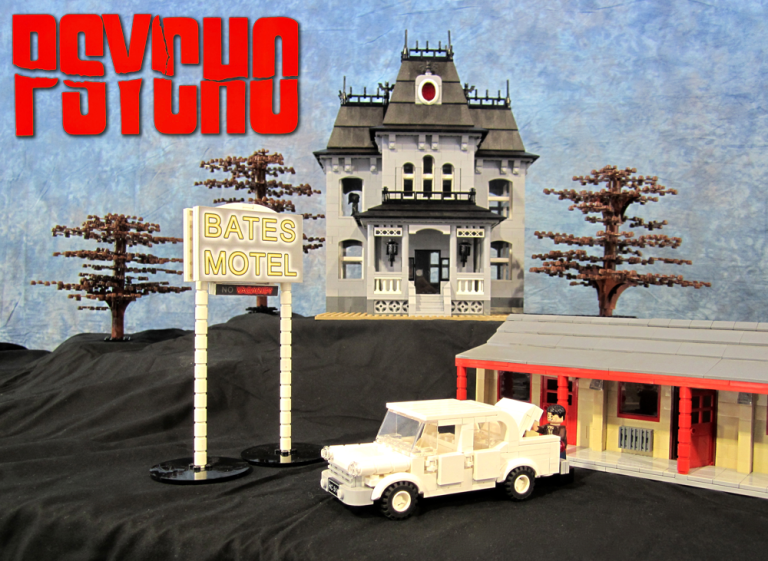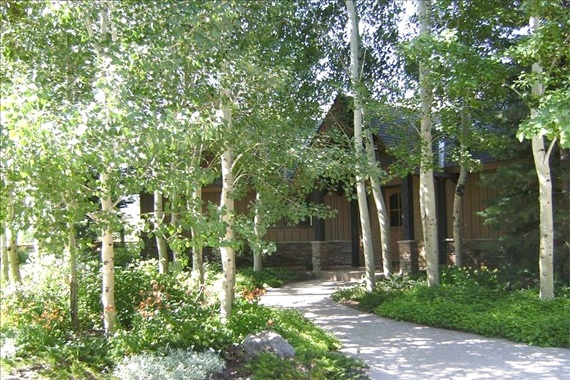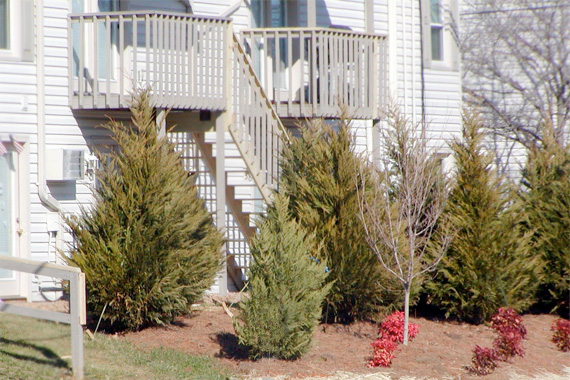Even with rising values and reduced inventory in certain markets, selling a home remains challenging. Buyers expect not just a shiny new stainless sink but pruned hedges, freshly painted walls, glistening hardwood floors, and more. Making everything look great can cost a pretty penny, and many sellers won’t be able to afford all the suggestions their realtor might make.

Prioritize items based on the condition of what’s needed most, what buyers in the area typically request (ask your realtor), what competing houses offer, and — of course — cost. Here’s a list of 25 affordable, easy-to-make changes from top design and real-estate pros:
1
.Add power outlets with USB ports in rooms that lack them, especially in the kitchen, bathrooms, and bedrooms where they’re most needed. “Younger, more tech-savvy couples and individuals love them,” says Tyler Drew, broker and property investor with Anubis Properties Inc. in Los Angeles.
2.
Eliminate acoustic popcorn-style ceilings since they look dated and tacky.
3.
Remove exposed posts and half walls. Today’s buyers want more space, and partial walls and posts gobble up room. The only walls that should remain are those that offer privacy or conceal electrical wires or plumbing stacks.
4.
Update wiring for the Internet and flat-screen TVs. You don’t have to run CAT-5 through walls, which can be costly and require opening and closing and repainting walls. Instead, find a place to put a wireless router, Drew says.
5.
Clean carpets and wood floors since they’re often the first part of a room that buyers check out; you don’t need to replace them unless they’re in terrible shape. A good carpet steam cleaning or wood floor waxing can be relatively inexpensive, sometimes less than $200.
6.
Expand a small kitchen to make it work better and look larger. Two quick fixes: Change the backsplash by adding mirrors, stainless steel, or paint, which will introduce light and views; and add an island, which requires only 30” between counters and the island to pass through comfortably. If there’s not enough room for an island, bring in a rolling cart with pull-out shelves underneath and a wood top, says Libby Langdon, an interior designer, author, and expert with Liebherr Refrigeration.
7.
Clear out and clean a garage, a big selling feature. Power wash the floor or paint it if it’s in bad shape, remove dated cabinets, and remove all junk that’s been stored there, so prospects can see how much space they would have for their stuff.
8.
Change out corroded or dented door knobs and levers. The replacements don’t have to be expensive but they should look new and clean, Chicago architect Allan J. Grant suggests.
9.
Pay attention to landscaping, which can add 7 to 15 percent to a home’s value, according to
HabitatDesign.com principals Jessy Berg and Bonnie Gemmell. Focus on mowing grass, removing crab grass, and eliminating dead plants and tree branches. “I’d rather have dirt and the potential to paint a picture for the buyers’ mind than a backyard full of dead plants,” Drew says. But if you have extra funds, consider Sacramento, Calif.-based landscape designer Michael Glassman’s ideas: Add lots of seasonal color through blooming annuals and perennial plants and remove problems like too much noise from traffic or neighbors by installing an inexpensive fountain with trickling water.
10.
Paint exterior windows, doors, gutters, downspouts, and trim, then go inside and paint the home’s trim, doorways, and walls that are in need of freshening. Don’t worry about the colors but consider those that veer toward quiet and comfort such as Benjamin Moore’s Yosemite Sand, Edgecomb Gray, or Carrington Beige. “Gray is a hot interior color now,” says Manchester, Vt.-based designer Amy Thebault. Painting rooms other, lighter colors such as white, yellow, and beige help to bounce and reflect sunlight and use more natural and less artificial light, according to Chris Ring, vice president at ProTect Painters, a professional painting source. But in cooler months, Ring says, dark colors such as deep brown and blue absorb sunlight, thereby reducing heating costs. And don’t forget ceilings, which can be a “fifth wall.” You can improve them with paint or old-style metal or faux-metal tiles, says Beverley Kruskol, a general contractor and owner of MY Pacific Building Inc. in Los Angeles.
11
.Remove outdated wallpaper, replacing it with paint and preferably a neutral color, says Shelley Beckes, ASID, CID, a designer with Beckes Interior Design in Los Angeles.
12.
Remove, store, or discard excessive accessories on tabletops and walls and in cabinets. “Less is more, and you want the house to be seen by prospective buyers without the distraction of too many personal items,” Grant says. Some suggest following the rule of three: Leave out only three things on any surface.
13.
Get the house inspected before it’s listed to know its condition and identify any structural issues that could derail sales. Many problems can’t be detected by an untrained eye, including those in a basement, crawl space, or attic, says BillJacques, president-elect of the American Society of Home Inspectors. “There might be roof damage or a plumbing leak. Many inspectors take photos and provide a detailed report,” he says. “And if home owners have repairs made, they should be handled by a qualified licensed contractor, so the home owner can get problems corrected.”
14.
Outfit closets for extra storage to make rooms look larger and less cluttered, but don’t redo all closets and elaborately. Top contenders for redos are an entry closet for a good first impression, kitchen pantries where storage is key, and a linen closet to keep sheets, towels, and other stuff neat, says Ginny Snook Scott, chief design officer at California Closets Co. “The costs needn’t be excessive. A linen closet can be fitted with baskets and cubbies for between $500 and $600, an entry closet for between $400 and $700, each dependent on closet size and features,” she says.
15.
Tighten a home’s “envelope” to improve energy efficiency and savings. Put money and effort into well-insulated double-paned windows, sealed furnace ducts, energy-efficient appliances, the newest programmable thermostats, LED and compact fluorescent lights, and a smart irrigation box on a sprinkler to cut water usage, says Kate Latham, energy consultant with WattzON, a service based in Mountain View, Calif., which analyzes home energy use to pare costs. “After a few months, sellers can show buyers how costs have dropped. They also should put together a green manual to show which features they added,” she explains.
16.
Improve a home’s healthfulness by using paints and adhesives with low or no VOCs. Point out these changes to prospective buyers in another list or manual, Latham says.
17.
Use what you have, and arrange each room in a conversational way if possible. Don’t set all furnishings in a family room so they face a TV, since most potential buyers like the idea of an open-room milieu for socializing.
18.
Remove and replaced faded draperies, fabrics, and rugs, or leave windows and floors bare to avoid showing lack of attention, Thebault says. Slipcovers, which can cover worn furniture can also provide an affordable decorative feature, changed for each season, says Hugh Rovit, CEO of Sure Fit, a manufacturer and distributor of ready-made slipcovers and other accessories. The company’s slipcovers range from $49.99 to $149.99, based on fabric and treatment.
19.
Replace old, dated, or worn bedding. Before any showing, fluff up pillows and covers, and make all beds neatly. Affordable choices can be found at stores like Target and Web sites like
Overstock.com.
20.
Toss out old magazines. “You don’t want a People magazine from a year ago; it looks like nobody lives in the house or cares,” Thebault says.
21.
Check smells regularly. Besides getting rid of bad odors from pets and mildew, introduce nice fresh fragrances, but don’t go heavy on scents from candles. A light lavender or citrus spray is smart and inoffensive. Open windows before showings to bring in fresh air.
22.
Make rooms lighter and larger for showings with good lighting. Thebault prefers warm, cool colors rather than fluorescents. Additionally, 60-watt bulbs are a good choice, even though they’re not as energy-efficient.
23.
Go with plants rather than flowers indoors since they last longer, but either choice can add vivacity to a room.
24.
Pay attention to your bathrooms. Specifically, make sure you have freshly laundered towels, new soap in soap dishes, spotless mirrors, and no mildew in view.
25.
Be sure your house is priced competitively with the current market and homes in your area. In most regions, it’s still the No. 1 “fix” to sell quickly. Go a bit under the market price, and you may even bring forth multiple offers that are higher than expected, says Jill Epstein, a REALTOR® with Nourmand & Associates in the Los Angeles area.
Source: RealtorMag






































